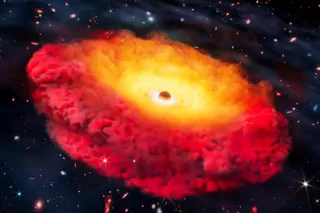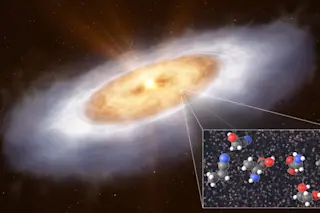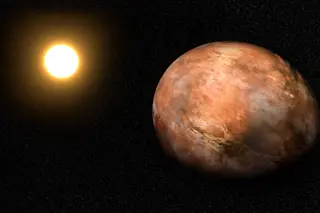Virtually every galaxy bigger than our Milky Way has a supermassive black hole at its center. These supermassive black holes can weigh tens of millions of times more than our sun.
How do black holes grow so gigantic? And why are supermassive black holes at the heart of so many galaxies? A citizen science project called Spiral Graph hopes you’ll help astronomers in their quest to answer these questions.
Take Part: Join the Spiral Graph project by visiting SciStarter.org.
Using the ESO’s sensitive GRAVITY instrument, researchers have confirmed that the enormous object at the heart of our galaxy is, as scientists have assumed for many years, a supermassive black hole. (Credit: ESO/Gravity Consortium/L. Calçada)
ESO/Gravity Consortium/L. Calçada
Scientists think supermassive black holes form as a fundamental part of galactic evolution.
These black holes start small, when a galaxy is still young and regularly gobbling up groups of neighboring stars. As ...














